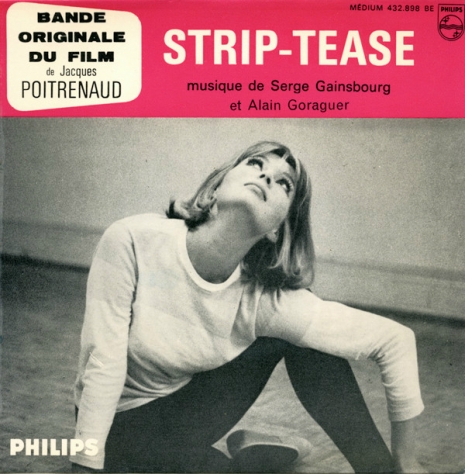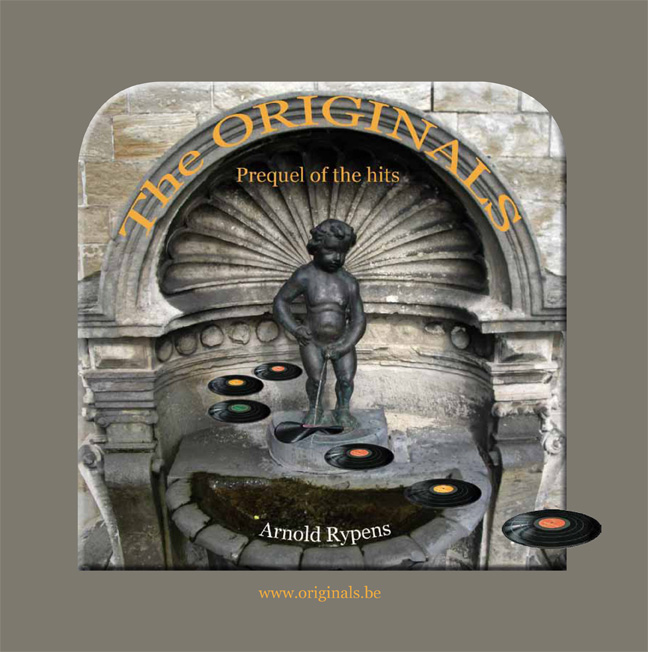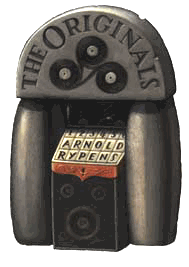STRIP-TEASE
 Artist: Krista Nico
Artist: Krista Nico
Author: Serge Gainsbourg/Alain Goraguer
Label: Philips demo
Year: 1962
The Nico of later Velvet Underground fame. Real name: Christa Päffgen. Her oldest recording surviving (in French).
Covers:
- 1963:
Serge Gainsbourg [casted as the piano player in film Strip-Tease; organ instrumental]
- 1963:
Juliette Gréco [the voice on the OST]
Try-out for eponymous Jacques Poitremond film. Gainsbourg, who of course fell for young Nico's natural charms, gave her the chance to voice her own leading role (as French striptease debutante Ariane), but her heavy German accent didn't match. So Serge asked Juliette 'Déshabillez-moi' Gréco to take over.



